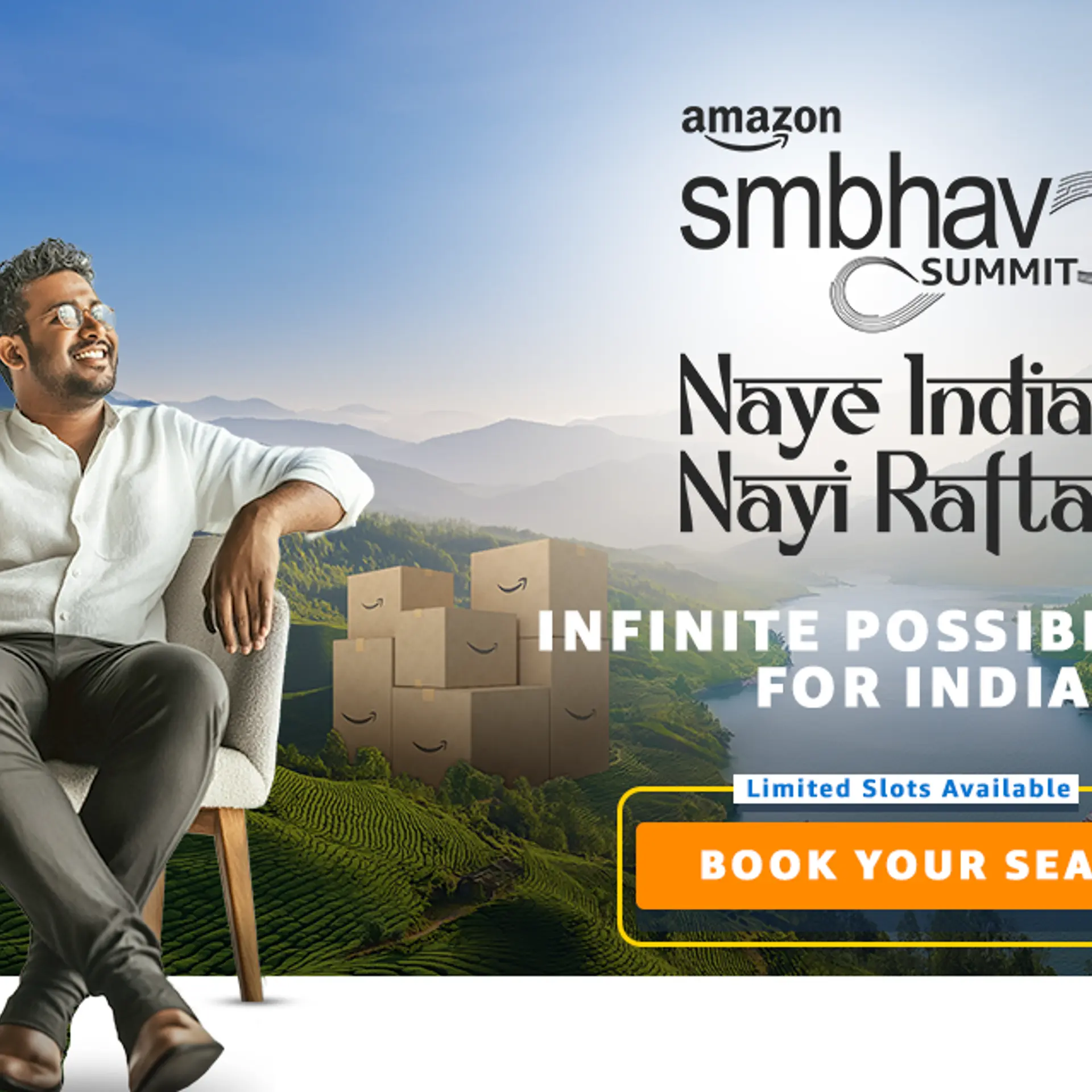The future of media is interactive
As we increasingly move to a digital-first existence, tectonic shifts across technology, culture, and new media have meant that interactive media will be far more encompassing than what was previously imagined.
In 1997, the New York Times covered the “Roundtable in Multimedia”, which was attended by senior executives of the global media industry. They bemoaned that with the notable exception of pornography websites and possibly the online bookseller Amazon.com, virtually no one was posting enough revenue to suggest that a viable model exists for ‘interactive’ media as a business.
Circa 2024, a company called Fable launched Showrunner, a platform dubbed the “Netflix of AI,” which empowers users to create their own TV shows by simply writing prompts.
‘Interactive’ media has indeed come a long way.
Most digital era innovation impacted content delivery, e.g. transaction-based websites, streaming services, ad-free experiences, personalised recommendations, auto-play, app stores, digital storefronts, distribution services for games, etc. However, over the last few years, something else happened. The nature and consumption of content itself transformed.
We have now entered an era where we are graduating from “lean back passive” watching to “lean forward interactive” experiences.
Technology, culture, and media
Paradigm shifts in technology — Strides in graphical rendering, cloud computing capabilities, and open source have given birth to large industries, which was previously not possible due to technological constraints. Combine that with powerful smartphones, cheap data connections, and touchscreen interfaces.
Digital experiences are now interactive and immersive.
This has enabled the meteoric rise of gaming, which is now a $300B global industry, according to analytics firm Naavik. The gaming industry is bigger than global TV, OTT, box office, and music, and is largely driven by mobile gaming, which is ubiquitous and accessible.
In addition, the dislodging of traditional media gatekeepers, democratised distribution, and personalised media delivery has also meant that legacy platforms have unbundled to serve distinct audience tastes and preferences.
From live, short-form social media (e.g. TikTok), interactive social entertainment (e.g. Eloelo), game streaming (e.g. Twitch), interactive audio content (e.g. “Create with Alexa”) to immersive social worlds (e.g. Fortnite) — behaviours, which were once emergent, are now becoming entrenched.
More recently, AI has been a game-changer. It has turbo-charged new-age creator and enterprise tools, which will further transform content creation, pushing the boundaries of the creative realm (e.g. text to AI generated music, videos, art, comics etc).
These paradigm shifts have increasingly meant that technology is no longer a constraint for seemingly limitless digital interactions and experiences.
Cultural Zeitgeist — Current zeitgeist determines how every generation consumes and interfaces with content and new technologies.
Today’s generation is mobile-first, digital native, and aware of international trends. This is why India is the second-largest overseas market for anime content after China, and K-Pop explosion has India in the list of top-five countries with the most Korean learners, as per Duolingo.
Gone are the days of the static and linear TV experiences. When the primary digital diet for Gen-Z has been Instagram, Snapchat, Facebook, Minecraft, Fortnite, Roblox, BGMI — there is now an ingrained expectation of interactivity that cannot be undone.
For today’s “Swipe before Type” generation — memes and emojis are replacing texts, games are social hangouts and inspiration is derived from YouTube influencers, podcasters, game streamers, casual novelists, and comic book artists. Ephemeral, instant, live and novelty seeking interactions and experiences are increasingly preferred.
Interestingly, even more socially entrenched behaviours are evolving.
With the rise of spiritual tech platforms allowing “digital darshans” and “on-demand astrology” to the more in-trend meditation experiences via Headspace and Calm — we now seek spiritual enlightenment via interactive platforms and apps.
There is a reason why Walmart invested $250M in Eko to develop original, interactive content for range of offerings, from cooking shows to interactive toy catalogues. Perfect to target a younger, digitally savvy, smartphone connected audience who loves visceral experiences.
Birth of New Media — We no longer get our news from daily newspaper, or from an evening newscast. We get it from our social media and WhatsApp. We spend more time on our mobile phones than TV screens. We eschew box office launches for OTT releases. Instead of consuming content, we now actively contribute to creating it via Substack, reels, and posts.
Changing business models to adjust to micro-transactions means that value maximisation is dependent on sustaining engagement and retention over a long period of time.
Our relationship with media has transformed, and this shows.
In India, the $25 billion media and entertainment market are divided, with half of it, including TV, print, radio, and out of home media (Old media) plateauing or growing at a modest 3–6% CAGR, according to Ernst & Young.
In contrast, the segment encompassing gaming, esports, digital media, social streaming, and animation/VFX (New Media) monetised via new business models like in-app purchases, virtual gifting, subscriptions, digital ads, etc., is expanding rapidly at a CAGR of ~16% propelled by a young demographic and shifting media consumption trends.
As we increasingly move to a digital-first existence, these tectonic shifts across technology, culture, and new media have meant that interactive media will be far more encompassing than what was previously imagined.
It will be embedded in our daily life. From games to digital art, from interactive menus to virtual try-ons — it will influence the way we play, learn, socialise, shop, pray, date, hangout, and so much more.
It is very clear that the next ten years will look nothing like the last ten years.
While the speed of progress can be daunting, it is exhilarating. Get ready for a future where immersion and interactivity are not just enhancements but essential elements of our lives.
(Disclaimer: The views and opinions expressed in this article are those of the author and do not necessarily reflect the views of YourStory.)







